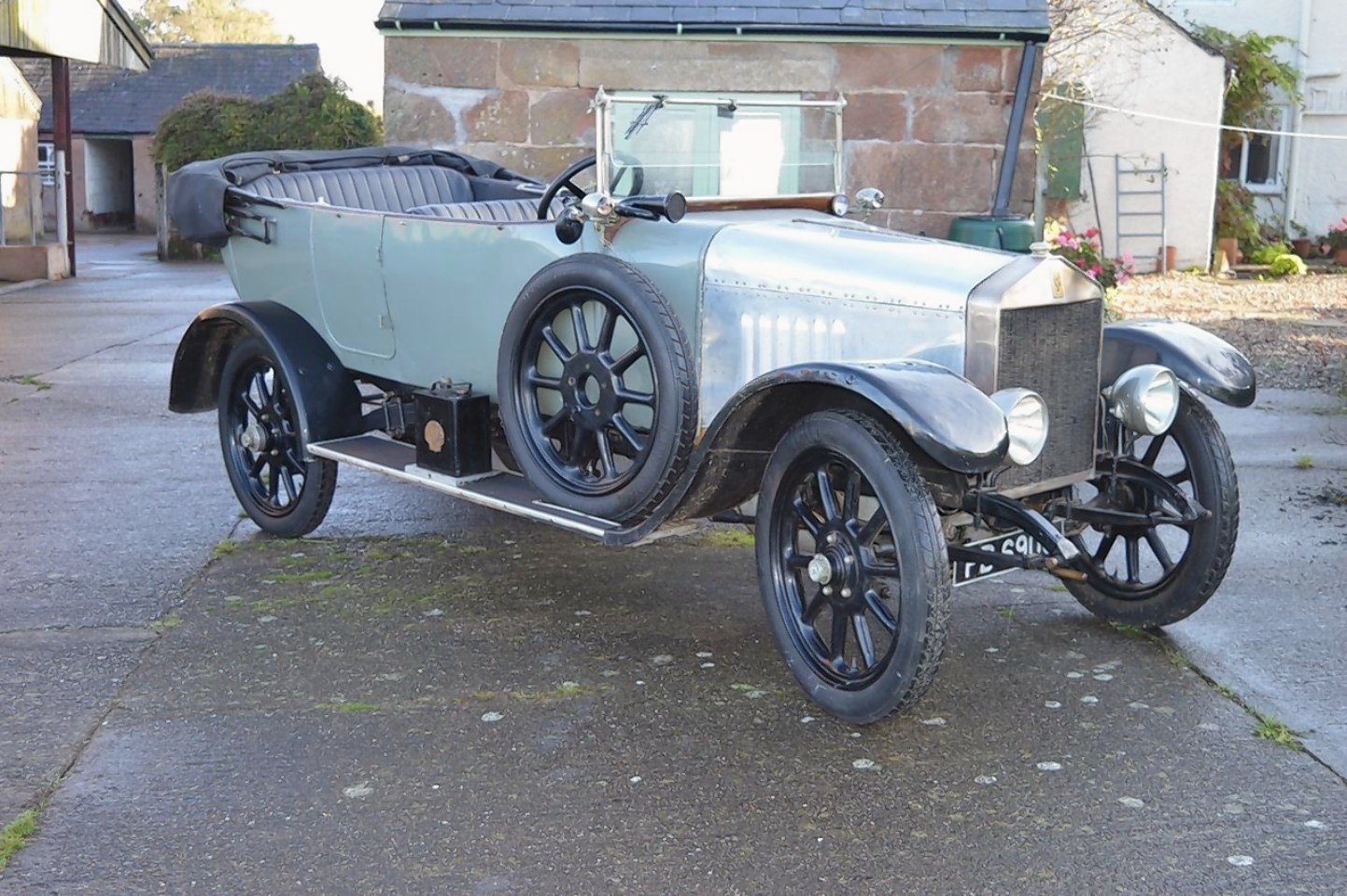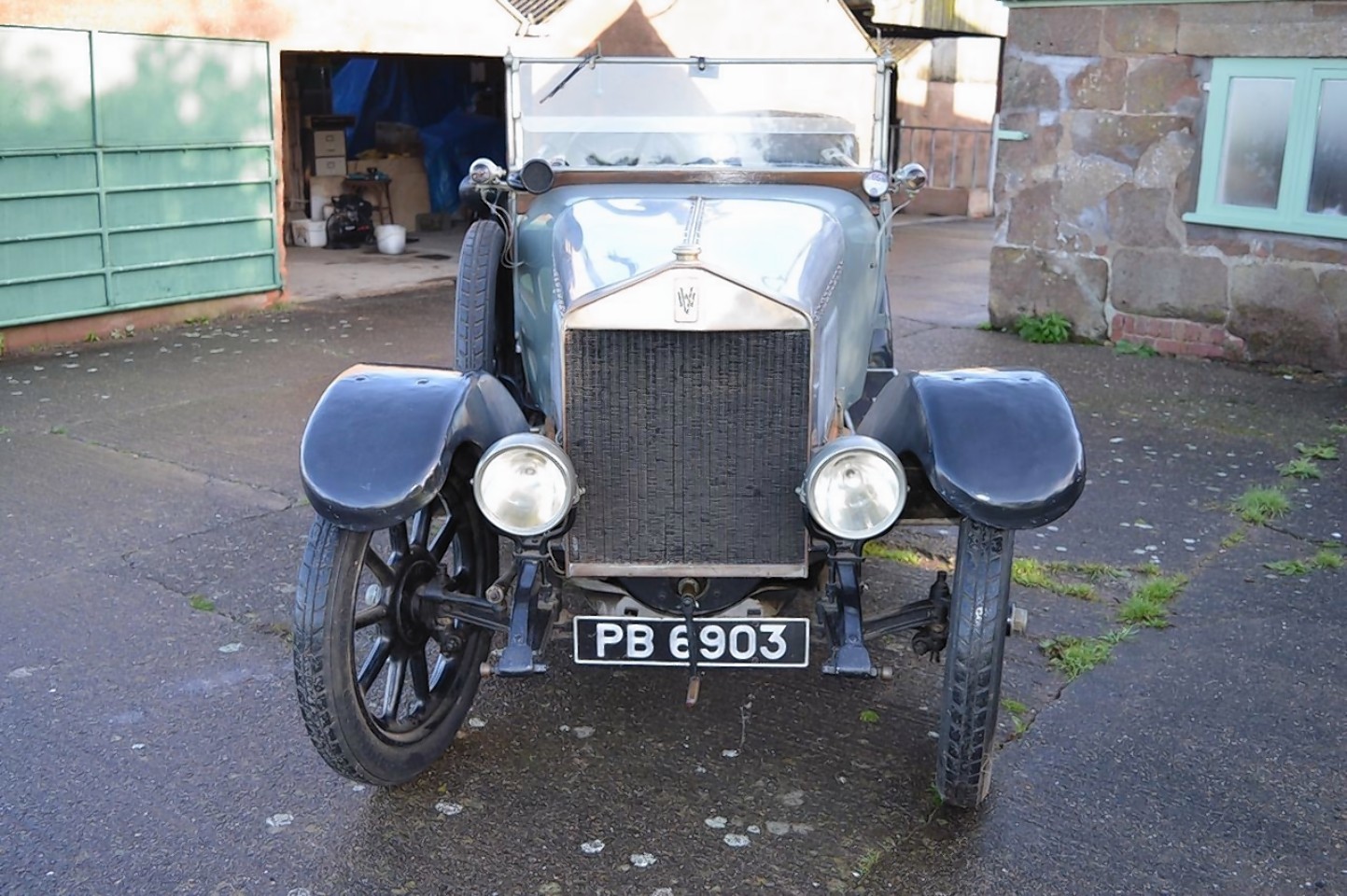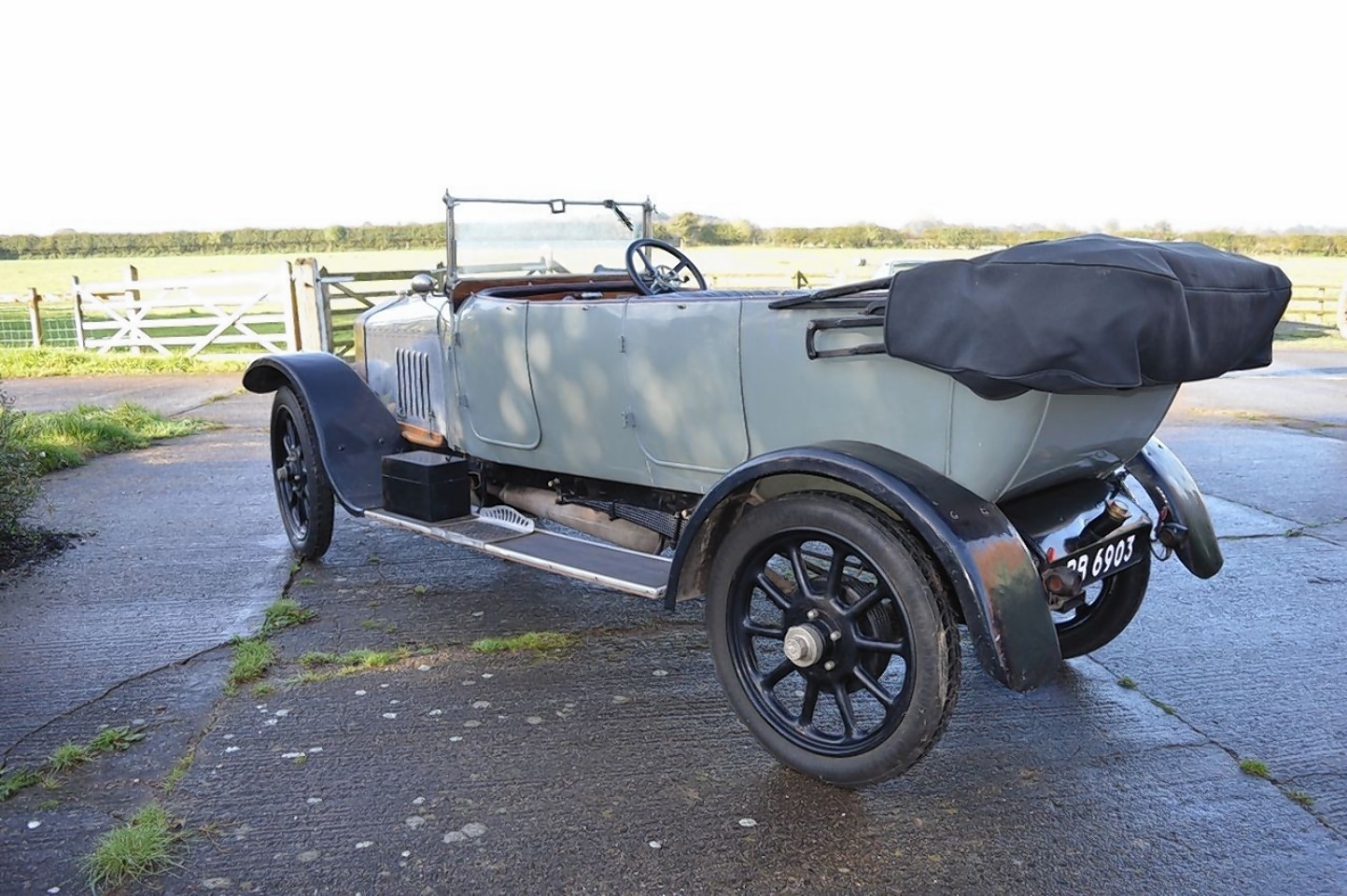A remote Highland village has become the unlikely new home for one of the world’s rarest cars – and a unique piece of British motoring history.
Pensioner Ranald Coyne has saved the only surviving vehicle in the world made by UK manufacturer Varley Woods from being snapped-up by a foreign collector.
Mr Coyne, who has been collecting cars for 56 years, splashed out £14,000 – plus commission – at an auction in Leominster, England, to buy the 1920 Varley Woods four-seater tourer and has brought it back to his home at Arisaig, Inverness-shire.
“It is a unique piece of the British motoring industry,” said Mr Coyne, 75, the former factor at Ardtornish estate in Morvern.
“It will need some work done on it but given its age, the car is in excellent condition.
“It is the only known car that the company made left in the world.
“In its day it would have been very expensive – about five times the price of an Austin Seven and twice the price of a Lagonda. You can see why the company struggled to survive.”
Varley Woods was a short-lived luxury car company and the 1920s tourer would have cost approaching £30,000 at today’s prices.
The design of the front end was based on a standard Rolls Royce, with a polished aluminium bonnet, and an almost identical radiator.
Mr Coyne, whose usual car is a Skoda Fabia estate, said: “I hope to have it on the road by Easter. It is a very interesting and different and I am glad to have brought a unique part of British motor history to this area.”
The enthusiast’s previous canny buys have included Morris Minor 1928 four-seater open bought for £10, a Rolls Royce 20 Landaulette bought for £90 and a Lagonda M 45 in 4,600 pieces, which be bought for £10 and re-sold for £5,100 after he had rebuilt it completely.


